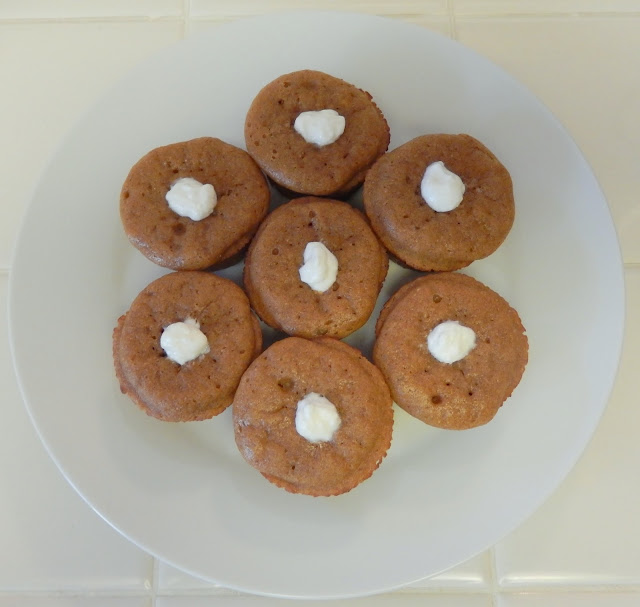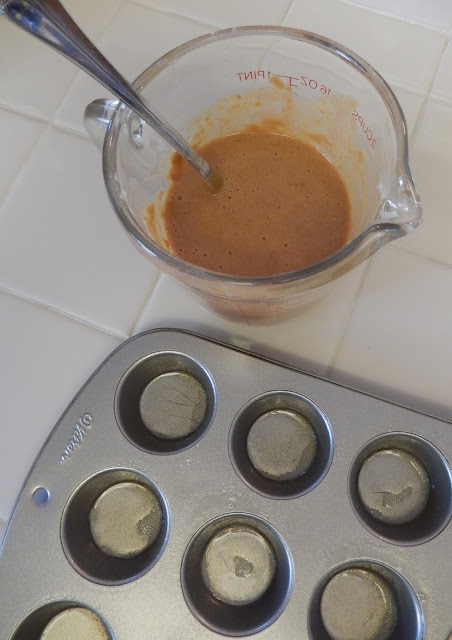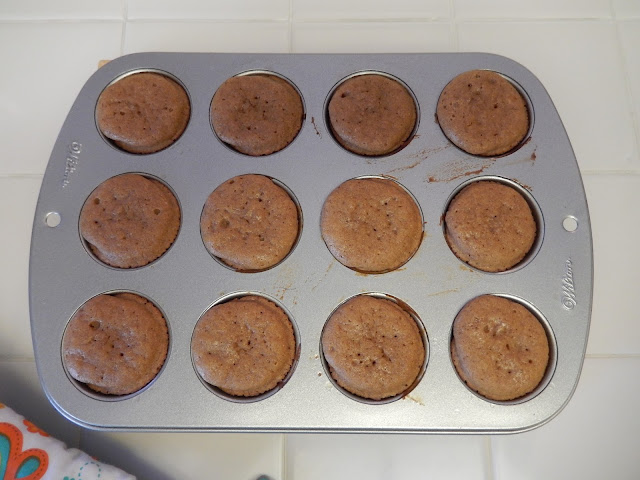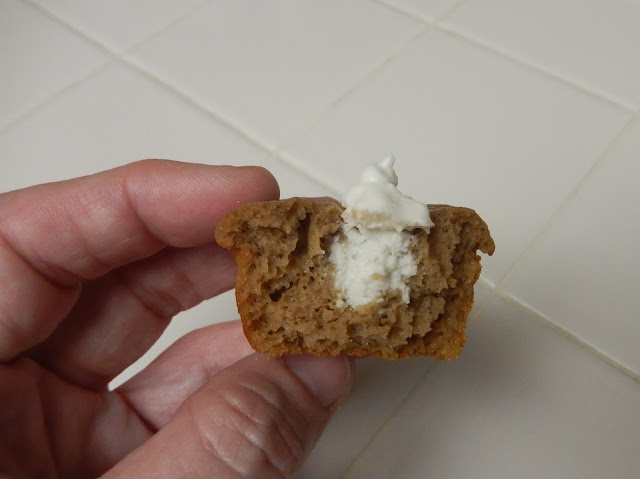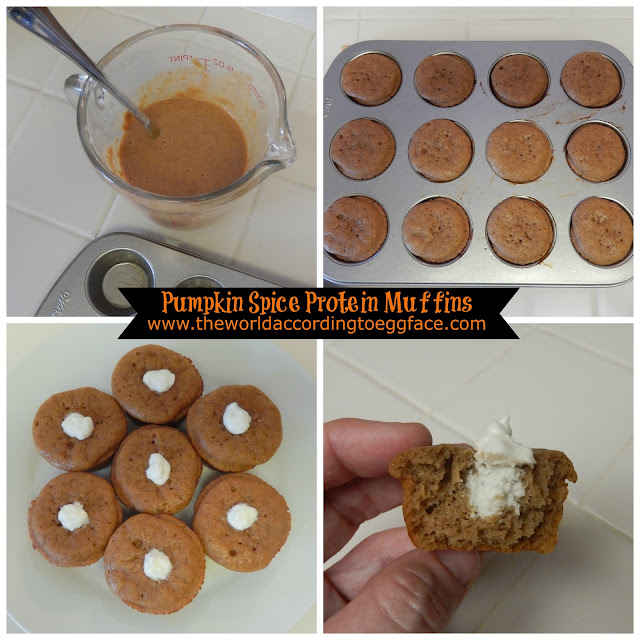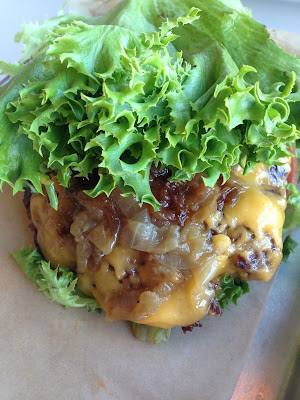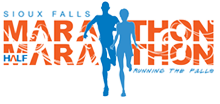Snacking is a huge topic in the news and among clients (Is eating more snacks better? Should I eat between meals? Is 5 small meals better than 3 large meals?) I recommend that clients eat when they're hungry, which often includes eating several snacks throughout the day, especially if you're very active or you're an athlete.
Packing snacks to bring to work or school is a great way to ensure you don't get stuck buying something over-priced from the school or work cafeteria or the vending machine (where the healthy pickings are slim).
Knowing which foods to pack as a healthy snack can save you money, provide you with more nutrients and fuel your body throughout the day. This is especially true for active people and athletes, who need more calories than the "average" person. Our bodies utilize nutrients better when we spread them throughout the day and timing meals and snacks to fuel activities and help our bodies recover can improve performance.
Comparing the Numbers
Packing snacks to bring to work or school is a great way to ensure you don't get stuck buying something over-priced from the school or work cafeteria or the vending machine (where the healthy pickings are slim).
Knowing which foods to pack as a healthy snack can save you money, provide you with more nutrients and fuel your body throughout the day. This is especially true for active people and athletes, who need more calories than the "average" person. Our bodies utilize nutrients better when we spread them throughout the day and timing meals and snacks to fuel activities and help our bodies recover can improve performance.
Comparing the Numbers
The USDA reports:
- fruit roll snacks are about 82 calories and 28 cents per portion
- bananas are about 100 calories and on average, about 18 cents per portion
Pre-packaged foods aren't ALWAYS a bad choice, but if you can build a more complete, nutrient-dense snack with foods from several food groups, you'll stay fuller for longer and your body will be getting more vitamins, minerals and fiber.
The easiest way to choose a filling nutritious snack is to follow this formula:
1. Complex carbohydrates
Complex carbs are fruits, vegetables and whole grains.
Common examples include: apples, bananas, carrots, whole grain crackers, whole grain bread, potatoes, brown rice, raisins, granola, whole grain cold cereal or oatmeal and legumes/beans (chickpeas, black beans, peas, etc.)
 |
2. Protein
Protein sources are dairy foods, meat and poultry, and nuts and seeds.
Common examples include: yogurt (Greek yogurt has more protein!), milk, cheese, lunch meat, chicken, hard boiled eggs, almonds or other nuts.
 |
| How much protein do you need? You're probably getting enough, but make sure you're getting some as part of your snacks! |
The Academy of Nutrition and Dietetics recommends making small swaps to your normal grocery cart by looking at the foods you "always" eat each week and trying to make a swap for a more nutritious option. For example, you can swap out those fruit snacks for a piece of fruit or swap that chocolate chip fiber bar for some nuts or whole grain cereal.
Again, your snack bar (or other favorite portable snack) may be satisfying and tasty, but you should set a goal to get more variety in your diet.
Remember, eating snacks and meals with more variety, from more than one food group, is going to provide you with the most nutritional "bang for your buck" - you're going to be getting more nutrients and feel more satisfied with, for example, and apple paired with some nuts vs. if you just ate the apple by itself.
The protein and healthy fats in the nuts help hold you over for longer and the carbohydrates in the apple give your body a quick source of energy.
10 portable snack ideas to throw in your backpack/bag/purse:
1. Almonds/mixed nuts (~1/4 cup) with an apple
2. String cheese and grapes
3. Greek yogurt with berries and 1/4 cup granola
4. Cheese and whole grain crackers
5. A cup of milk and whole grain cereal
6. Peanut butter* and celery with raisins
7. Nut butter and jelly sandwich on whole grain bread or crackers
8. 2 hard boiled eggs and an apple
9. 1/3 cup oatmeal cooked with milk and 1/2 Tbsp peanut butter
10. Beef jerky and carrots
*You can portion peanut butter into small containers if you don't want to bring the whole peanut butter jar to work/school.
Ask the Dietitian: What snacking questions do you have? What are your favorite snacks?
I love plain Greek yogurt with berries and flax seeds. If I don't want to bring a lunch bag or don't have access to a refrigerator to keep it cool, I opt for a piece of fruit and nuts or a tablespoon or 2 of peanut butter.
Source: National Dairy Council
Again, your snack bar (or other favorite portable snack) may be satisfying and tasty, but you should set a goal to get more variety in your diet.
Remember, eating snacks and meals with more variety, from more than one food group, is going to provide you with the most nutritional "bang for your buck" - you're going to be getting more nutrients and feel more satisfied with, for example, and apple paired with some nuts vs. if you just ate the apple by itself.
The protein and healthy fats in the nuts help hold you over for longer and the carbohydrates in the apple give your body a quick source of energy.
10 portable snack ideas to throw in your backpack/bag/purse:
1. Almonds/mixed nuts (~1/4 cup) with an apple
2. String cheese and grapes
3. Greek yogurt with berries and 1/4 cup granola
4. Cheese and whole grain crackers
5. A cup of milk and whole grain cereal
6. Peanut butter* and celery with raisins
7. Nut butter and jelly sandwich on whole grain bread or crackers
8. 2 hard boiled eggs and an apple
9. 1/3 cup oatmeal cooked with milk and 1/2 Tbsp peanut butter
10. Beef jerky and carrots
*You can portion peanut butter into small containers if you don't want to bring the whole peanut butter jar to work/school.
Ask the Dietitian: What snacking questions do you have? What are your favorite snacks?
I love plain Greek yogurt with berries and flax seeds. If I don't want to bring a lunch bag or don't have access to a refrigerator to keep it cool, I opt for a piece of fruit and nuts or a tablespoon or 2 of peanut butter.









